
Only 40% of rural Canadians today have suitable internet access and a Canadian minister is now “open to the idea” of transforming broadband in the country into a universally available public utility.
Minister for Rural Economic Development Maryam Monsef admits that Canada’s current reliance on private cable and phone companies like Bell, Telus, and Rogers has kept large parts of Canada from getting affordable, 21st century internet access. Creating a public broadband utility that would provide universal access may be the best solution to reaching areas considered too unprofitable to serve by private companies.
The impetus to consider creating one of the world’s largest publicly owned broadband providers comes as a result of the COVID-19 pandemic, which has forced millions of Canadians to work from home. But with well under half of rural Canada lacking high speed internet service, educators, medical personnel, and business workers find themselves unable to connect.
Nancy and Jeff Boss of Flamborough, Ont., live 10 minutes outside of Hamilton. They are “off the grid” for high speed internet by just 100 meters. To bring cable broadband to their home, the local cable company quoted an installation price of $27,000. As a result, the Boss family relies on a cell phone data plan that costs $150 a month and offers 100 GB of usage on a 4G LTE network. The family often exceeds its usage allowance, and told CBC’s “The Current” their monthly bill has crept up to $500 in usage charges at times.
Nancy Boss is a school teacher, and life without internet in the COVID-19 era of online classes is difficult.
“I am struggling daily with my lessons, I can’t do live lessons as the minister of education is requiring us,” Boss told CBC Radio, adding that her own children’s education is being affected too. “It’s really hard for our kids to participate in their lessons [and] it’s sad, they can’t chat with their friends who they miss very much.”
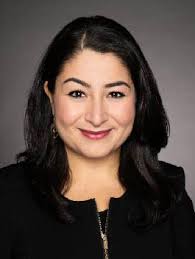
Monsef
The Liberals promised $5-6 billion for rural internet expansion in the 2019 budget as part of a party pledge to get 100% of Canadians connected to high-speed internet by 2030. But that was before the pandemic struck, making internet connectivity more essential than ever before.
Broadband advocacy group OpenMedia’s Laura Tribe says the government’s promises are nice, but the target date remains 2030 — a decade away. She argues people need internet access today. Tribe says the weak link is relying on corporate cable and phone companies to do the work to reach rural Canada. Despite repeated funding efforts and ongoing lobbying, Tribe believes many of the country’s largest providers have dragged their feet on rural expansion for years, noting they operate in the interest of shareholders, not rural Canadians. Recently, Tribe believes many of Canada’s largest telecom companies have made rural Canadians “pawns” in a greater debate about deregulation and wireless spectrum for 5G. When providers see their business interests threatened, they warn lawmakers and regulators the result may be further delays in rural internet expansion.
That is why Tribe advocates declaring broadband service to be an essential public utility, putting the onus on the government to complete “last mile” buildouts to individual rural homes and businesses like the Boss family as quickly as possible. On that point, Monsef seemed to agree.
“One of the things that the federal government can do is to invest in that last mile, where the business case for the private providers is not the same,” Monsef, who also serves as the MP for Peterborough-Kawartha said. “Once you do connect Canadians, though, those investments will pay off because that connectivity leads to economic development and a higher quality of life.”
When pressed about her support for declaring broadband service a national public utility, Monsef said she was open to the idea and having a debate on what solution will work best for rural Canada.
“What COVID has done is create an opportunity for a resurgence of good ideas, and that’s a good idea that I’m open to,” Monsef said. “This is among the many good ideas that we are considering: What are the pros? What are the cons? How do we get it done? Who’s on board?”
Minister for Rural Economic Development Maryam Monsef appeared on CBC Radio Ottawa’s morning show to discuss the state of rural broadband in Canada. (9:58)
CBC Radio One’s “The Current with Matt Galloway” spent a half hour exploring the plight of rural Canadians expected to work at home who lack suitable internet access. Is it time for Canada to make broadband service a public utility? (24:07)
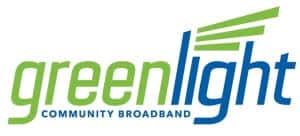 If you’ve ever lived in small-town America, you know how bad the internet can sometimes be. So one town in North Carolina decided: If we can’t make fast internet come to us, we’ll build it ourselves. And they did, despite laughter and disbelief from Time Warner Cable (today known as Spectrum).
If you’ve ever lived in small-town America, you know how bad the internet can sometimes be. So one town in North Carolina decided: If we can’t make fast internet come to us, we’ll build it ourselves. And they did, despite laughter and disbelief from Time Warner Cable (today known as Spectrum).

 Subscribe
Subscribe

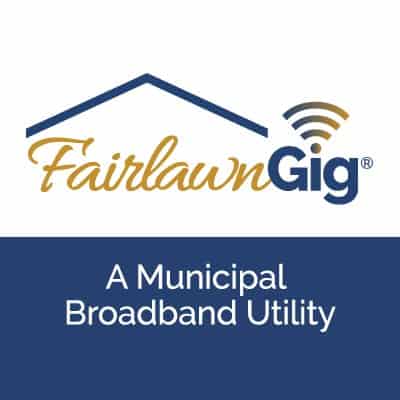 One of America’s internet service providers managed to achieve a customer satisfaction score of 94%, an unprecedented vote of approval from consumers that typically loathe their cable or phone company.
One of America’s internet service providers managed to achieve a customer satisfaction score of 94%, an unprecedented vote of approval from consumers that typically loathe their cable or phone company.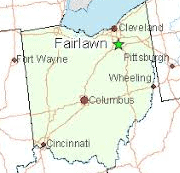 FairlawnGig offers two plans to residents: 300/300 Mbps service for $55 a month or 1,000/1,000 Mbps service for $75. Landline phone service is an extra $25 a month, and the municipal provider has pointed its customers to online cable TV alternatives like Hulu and YouTube TV for television service. Incumbent cable and phone companies usually respond to this kind of competition with cut-rate promotions to keep the customers they have and lure others back. Spectrum has countered with promotions offering 400 Mbps internet for as little as $30/mo for two years. Despite the potential savings, most people in Fairlawn won’t go back to Spectrum regardless of the price. FairlawnGig’s loyalty score is 80, with 85% of those not only sticking with FairlawnGig but also actively recommending it to others.
FairlawnGig offers two plans to residents: 300/300 Mbps service for $55 a month or 1,000/1,000 Mbps service for $75. Landline phone service is an extra $25 a month, and the municipal provider has pointed its customers to online cable TV alternatives like Hulu and YouTube TV for television service. Incumbent cable and phone companies usually respond to this kind of competition with cut-rate promotions to keep the customers they have and lure others back. Spectrum has countered with promotions offering 400 Mbps internet for as little as $30/mo for two years. Despite the potential savings, most people in Fairlawn won’t go back to Spectrum regardless of the price. FairlawnGig’s loyalty score is 80, with 85% of those not only sticking with FairlawnGig but also actively recommending it to others. With an estimated 90,000 New Yorkers stranded without broadband service, a proposal from Charter Communications to block funding for future projects is coming under fire from a bipartisan group of rural legislators.
With an estimated 90,000 New Yorkers stranded without broadband service, a proposal from Charter Communications to block funding for future projects is coming under fire from a bipartisan group of rural legislators.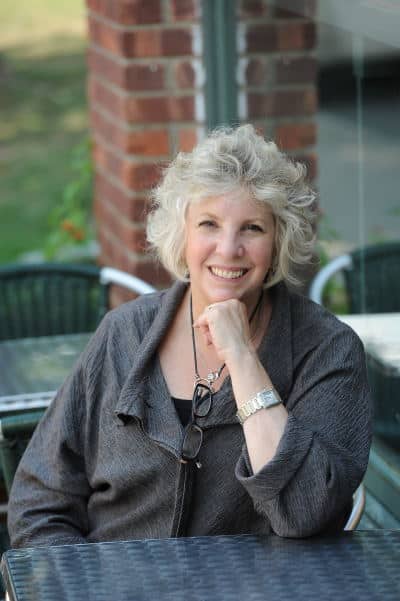

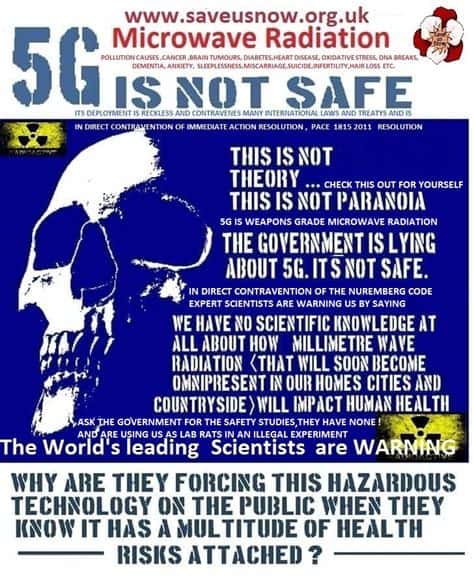
 In reality, 5G is nothing more than an overhyped wireless technology upgrade that can either be slightly faster than existing 4G LTE networks, or considerably faster if adequate wireless spectrum is available for short distance communications. In either case, the energy emitted by traditional cell towers or small cells is infinitesimal compared to much stronger local TV and radio stations. In fact, the fastest 5G networks operate on millimeter wave frequencies that cannot penetrate walls and doors and are capable of reaching only a few blocks away at most.
In reality, 5G is nothing more than an overhyped wireless technology upgrade that can either be slightly faster than existing 4G LTE networks, or considerably faster if adequate wireless spectrum is available for short distance communications. In either case, the energy emitted by traditional cell towers or small cells is infinitesimal compared to much stronger local TV and radio stations. In fact, the fastest 5G networks operate on millimeter wave frequencies that cannot penetrate walls and doors and are capable of reaching only a few blocks away at most.